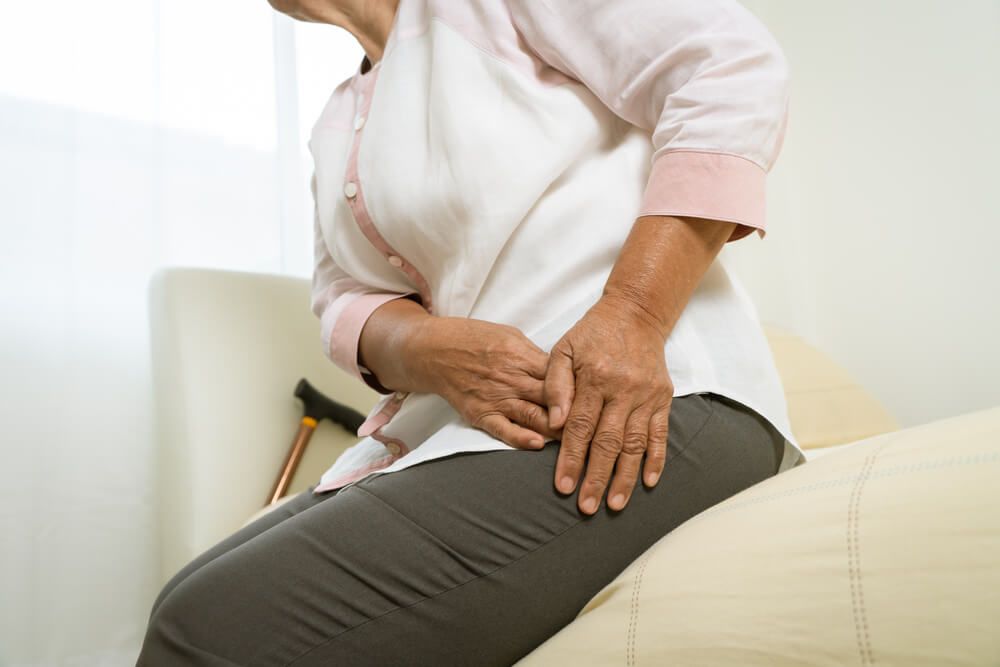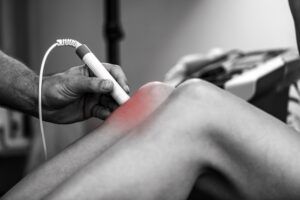Hip osteoarthritis (OA) is a degenerative joint condition that occurs when the protective cartilage cushioning the hip joint wears down over time. This deterioration leads to inflammation, stiffness, and chronic pain, which can severely impact mobility and quality of life. Although it is more common in older adults, hip osteoarthritis can affect individuals of all ages, especially those with a history of joint injury or genetic predisposition.
The hip is a ball-and-socket joint, and when its cartilage becomes damaged or wears away, the bones begin to rub against each other. This results in joint stiffness, pain during activity or rest, and a gradual loss of range of motion. Many people believe that joint replacement surgery is the only solution, but there are a variety of non-surgical options that can manage symptoms effectively, especially when diagnosed early.
When Surgery Isn’t the First Step
In many cases, surgery is not the first or only answer to managing hip osteoarthritis. Non-surgical approaches are often preferred in the early to moderate stages of the disease. These treatments aim to slow disease progression, alleviate pain, improve joint function, and delay or even avoid the need for surgical intervention.
A personalized treatment plan typically combines several conservative methods, allowing patients to maintain an active lifestyle while minimizing discomfort. For individuals living in Bloomfield, Englewood, and Union City, NJ, Premier Orthopaedics & Sports Medicine, P.C. offers specialized care plans that reflect the most up-to-date research and treatment modalities for hip OA.
Physical Therapy and Exercise
One of the most effective non-surgical strategies for managing hip OA is physical therapy. A licensed physical therapist can design an exercise program that focuses on improving strength in the muscles around the hip joint, particularly the glutes, quads, and hamstrings. Strengthening these muscle groups helps offload pressure from the joint, thereby reducing pain.
Stretching exercises are also critical for maintaining or increasing joint flexibility. Tight muscles can exacerbate stiffness and restrict movement. Therapists often guide patients through low-impact movements that improve hip mobility without causing further joint stress. These programs are typically tailored to individual tolerance levels and physical limitations.
Low-Impact Activities
Along with formal physical therapy, regular participation in low-impact aerobic exercises such as walking, swimming, and cycling can benefit patients significantly. These activities help maintain cardiovascular health, manage weight, and improve joint lubrication, which collectively ease OA symptoms and slow progression.
Medication and Pain Management
For many patients, medication plays a vital role in reducing hip osteoarthritis symptoms. Nonsteroidal anti-inflammatory drugs (NSAIDs) like ibuprofen and naproxen can help manage inflammation and pain. Acetaminophen is another option for those who cannot tolerate NSAIDs, though it lacks anti-inflammatory effects.
In more persistent cases, physicians may prescribe stronger anti-inflammatory medications or suggest topical analgesics that provide localized relief. It is essential to work closely with a healthcare provider to find the right balance of medication that controls symptoms while minimizing side effects.
Joint Injections
Corticosteroid injections directly into the hip joint can provide temporary relief from inflammation and pain. These are especially useful during flare-ups or periods of acute discomfort. Another emerging option includes hyaluronic acid injections, which mimic the joint’s natural lubrication and may help improve mobility, though their effectiveness is still debated.
Assistive Devices and Lifestyle Modifications
Using a cane, walker, or shoe inserts can help redistribute weight away from the affected hip joint, thereby reducing strain and pain during movement. These devices are particularly helpful for individuals with more advanced OA who still wish to avoid or delay surgery.
Lifestyle modifications are equally important. Patients are encouraged to avoid high-impact activities that worsen joint wear and tear. Instead, the focus should be on smart movement choices that protect the joint while maintaining independence and daily function.
Weight Management and Diet
Excess weight places significant stress on the hip joints. Even a modest reduction in weight can lead to meaningful improvements in joint pain and mobility. Nutritional support, including anti-inflammatory diets rich in omega-3 fatty acids, antioxidants, and whole foods, may also support joint health and reduce systemic inflammation.
Alternative and Emerging Therapies
Regenerative therapies like platelet-rich plasma (PRP) injections are gaining popularity as a non-surgical treatment for joint degeneration. PRP uses components from the patient’s own blood to stimulate healing and reduce inflammation. While still under study, some patients report meaningful pain relief and functional improvement after PRP treatments.
Other emerging therapies include stem cell injections and shockwave therapy, although these are not yet standard and should be approached with cautious optimism. They are typically considered for patients who have exhausted more conventional treatments and are still seeking relief before surgery.
Complementary Approaches
Some patients find relief through acupuncture, chiropractic care, or massage therapy. While these methods may not treat the root cause of hip OA, they can be valuable parts of a broader pain management plan. These complementary approaches can help reduce muscle tension, improve circulation, and enhance overall well-being.
The Road to Better Living with Hip OA
Living with hip osteoarthritis doesn’t have to mean living with constant pain or restricted movement. With the right combination of non-surgical treatments, patients can significantly improve their quality of life. Premier Orthopaedics & Sports Medicine, P.C. is committed to helping residents of Bloomfield, Englewood, and Union City find effective, personalized, and evidence-based care to keep them active and independent for as long as possible.
If you’re beginning to notice stiffness, discomfort, or reduced mobility in your hip, early intervention is key. Schedule a consultation to explore your options and take the first step toward a more comfortable future—no surgery required.
Sources
Zhang, W., Nuki, G., Moskowitz, R. W., et al. (2010). OARSI recommendations for the management of hip and knee osteoarthritis: Part II. Osteoarthritis and Cartilage.
Hunter, D. J., & Bierma-Zeinstra, S. (2019). Osteoarthritis. The Lancet.
McAlindon, T. E., Bannuru, R. R., Sullivan, M. C., et al. (2014). OARSI guidelines for the non-surgical management of knee osteoarthritis. Osteoarthritis and Cartilage.




